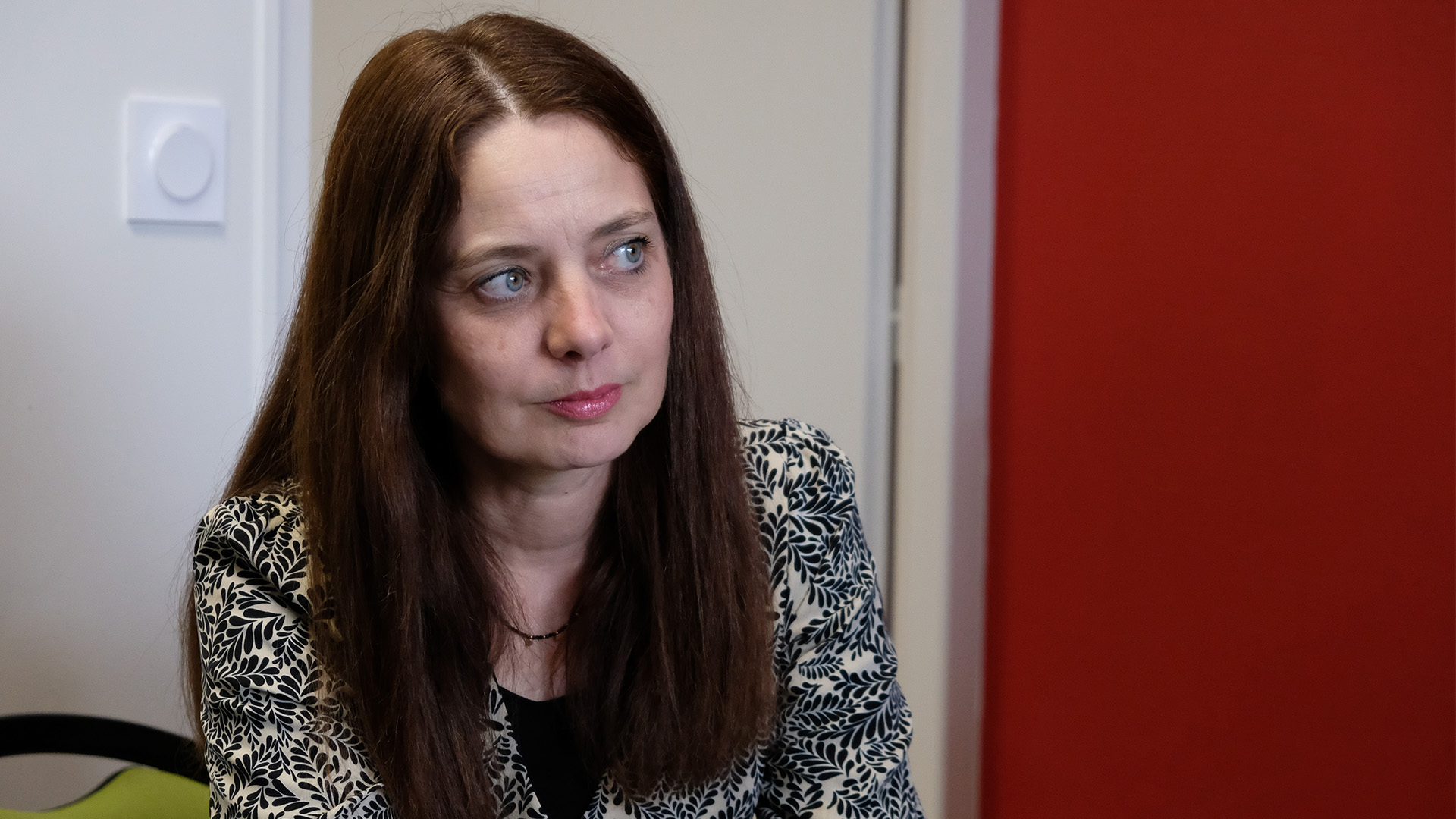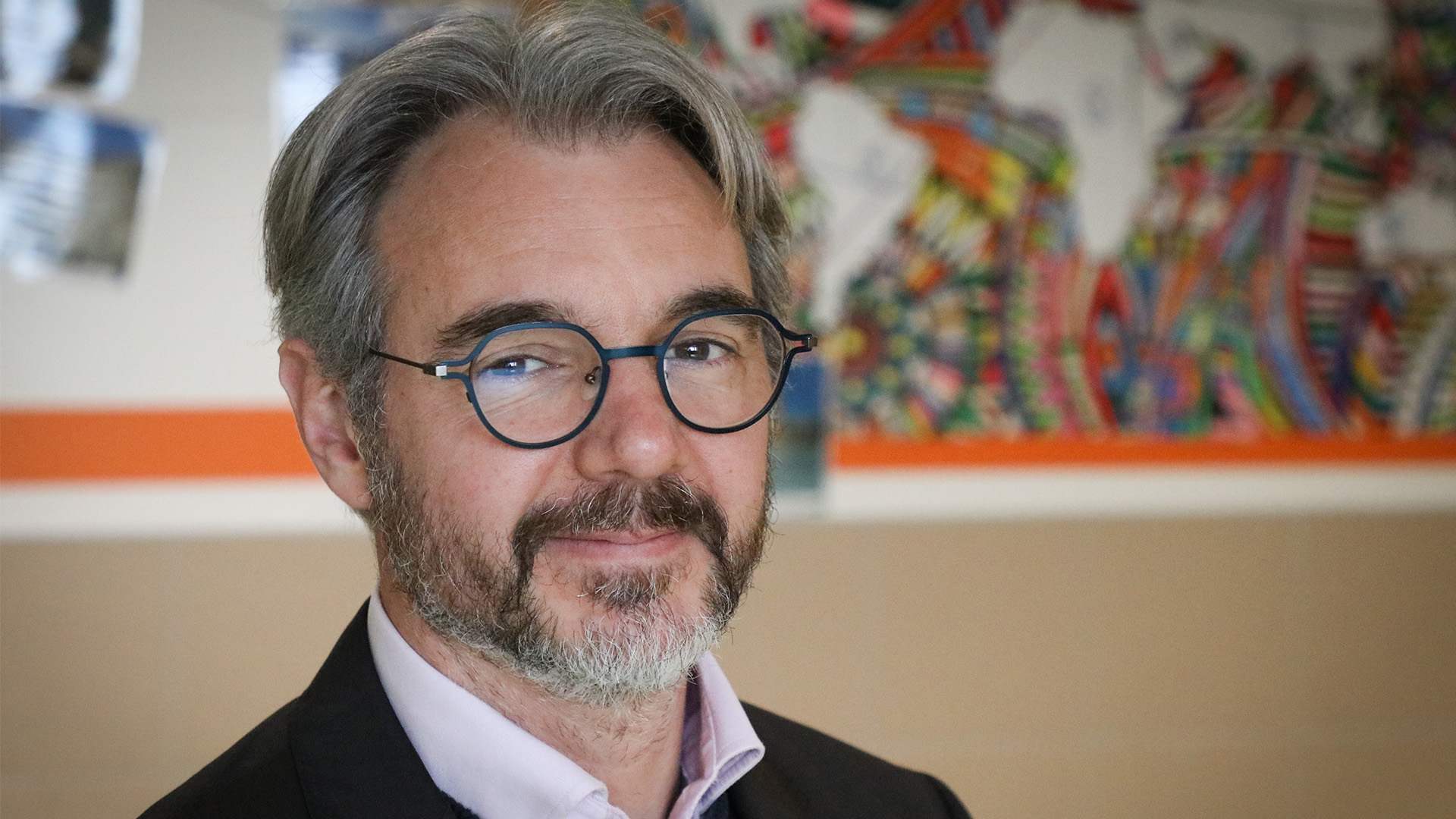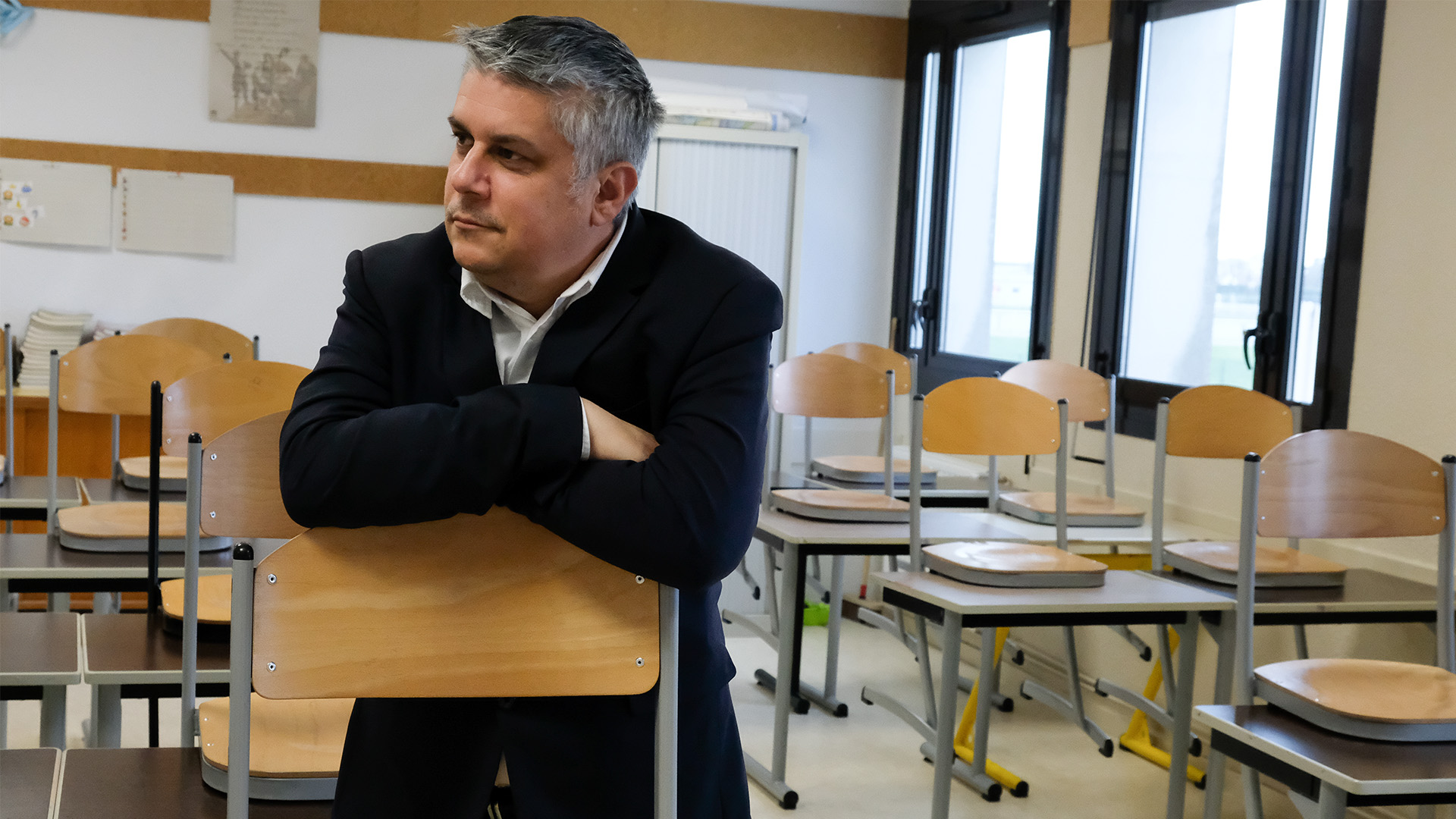In France, schools warm to systems with AI that increase comfort, reduce energy use
About 470 students between the ages of 11 and 15 attend the College Pierre de Ronsard in the small Loire Valley town of Mer. In terms of French school buildings, this one is newer and more energy efficient than most.
The 11-year-old middle school is well-insulated, and has windows with double-pane glass.
But it wasn’t always comfortable inside. For many years, because of a strong north-south exposure, it was impossible to maintain consistent temperature room-by-room.

“We couldn’t regulate the heating,” says Tania Julien, the building manager. “Sometimes part of the building was too hot, sometimes too cold.”
In its efforts to create a comfortable learning environment for students and teachers, the school became a pioneer in using “smart building” technology. After a process of trial and error and much improvement in technology, the school has become a strong example of how the Internet of Things (IoT) and predictive artificial intelligence (AI) can not only make buildings more comfortable but achieve significant energy savings.
Sebastien Depeyre is the director of buildings for the department of Loir-and-Cher in central France (a French department is something like a state). To address the problems at the school, he agreed to work together with Vertuoz, a subsidiary of the French company ENGIE, in installing and refining a new system to regulate the temperature room-by-room.
“Our objective was not so much to save energy,” recalls Depeyre, “but really to make it comfortable to use.”
According to the European Commission, about 40 percent of all energy consumed goes into heating and lighting buildings in Europe, and about 75 percent of them are energy inefficient, meaning much of that energy is wasted. The story of the College Pierre de Ronsard is instructive: Its experiment in smart-building technology not only addressed the issue of comfort but saved more than 20 percent per year on its energy bill.
The process was not always smooth. “We went through a bit of a rough patch at first. It was a little difficult because there were things we had to build together, but that was part of the game and part of the value in having a partner,” Depeyre says.
To achieve control of the heat room-by-room, the school installed wireless, battery-free sensors to detect temperature and the presence of people in every room, and wireless controls on each radiator so that they can be operated remotely. In the first version of the system, the sensors sent data via radio waves to a computer and control system on site, which was adjusted manually.
A few years after the first version was installed, the system is much refined. The data makes its way the cloud platform where a system designed by Vertuoz uses Azure IoT and machine learning to monitor and adjust the atmosphere in the building room-by-room. If no one is present, the heat lowers. In an occupied classroom, a steady 19 degrees Celsius (66 degrees Fahrenheit) is produced, keeping students and teachers comfortable. Ventilation can also be adjusted to improve air quality.

“Above all, it’s an AI system that says, well, I know that part of the building reacts this way, and another that way. We give it objectives and it knows what to do,” Depeyre says.
Now, Vertuoz Control systems, like the one at the College Pierre de Ronsard, have been installed in more than 350 buildings in France, and Vertuoz is monitoring more than 90,000 buildings. According to Frederic Gailliot, marketing director for Vertuoz, the use of Vertuoz solutions saves about 250,000 tons of carbon dioxide emissions each year. The company says the average energy savings is about 25 percent, and those savings pay for the cost of the system within three to five years.
Gailliot says about one third of public buildings in Europe are schools, and many of them were built before high standards of energy efficiency were written into building codes. Solutions like Vertuoz Control can deliver results without the expense or time required to renovate.
“The problem is, how do you create value in the short term?” he asks. “The digital solutions are an incredible response to the current challenges for global energy efficiency.”
Vertuoz Control earned the endorsement of the Solar Impulse Foundation, which included it among its “1,000+ clean and profitable solutions” for sustainable development. The Swiss foundation supports and promotes solutions to environmental and social problems.
“The aim is really to prove that not only do the solutions exist, but they do actually work and are profitable, and that some people are already adopting them,” says Sophie de Blonay, a project coordinator with the foundation.
Vertuoz Control fits this profile, she says.
Buildings contribute to greenhouse gas emissions in two ways, she says. One is through construction and building materials and the other is energy use in existing buildings. Innovations in the reuse of materials and construction techniques are important avenues toward cutting emissions. “The other is improving existing buildings with solutions like Vertuoz Control, where you have both a social and environmental impact,” she says. “You are reducing emissions while also reducing your energy bills at the end of the month.”
Come Perpere, chief sustainability officer for Microsoft in France, says energy efficiency is one of the key vectors in sustainability that Microsoft is striving to address.
“This is particularly the case in Europe, where not only do you have high energy prices, but they are often way more volatile,” he says. “That is where Vertuoz comes in. It’s not expensive to implement and it can fit the needs of small or large buildings. It’s a short- and medium-term solution to the energy crisis we are facing, and it’s easy to implement.”

At the College Pierre de Ronsard in Mer, David Fourrage, the school principal, says the best evidence that the system is working is that nobody talks about it.
“The silence means there’s a consensus,” he says. “I don’t hear anyone talking about heating. … so that means things are going well for the users.”
Tania Julien, the building manager, says there are always some people who feel cold and others who feel warm – but it’s more a matter of individual sensibility. Using data from Vertuoz Control, she can reassure a teacher that their room is the same temperature as everyone else’s.
She says there have been difficult moments. When software was last updated, for example, there was a period of adjustment when not everything was running smoothly. “But now we don’t have any complaints anymore,” she says. “I launched a survey to find out if the teachers were satisfied with the heating, and they all answered that it was perfect at the moment.”
Depeyre says that with Vertuoz Control optimized, the school is now saving even more than 20 percent per year on its energy costs. Further, he says, the system only takes a few days to install, and, in his experience, the energy savings pay for the cost of the system in about two years. He had Vertuoz Control installed in the departmental headquarters in January and is planning to deploy it in other buildings.
“We have budgets that are constantly decreasing, with energy costs that are obviously increasing,” he says. “So the financial gain is really important, and we have to realize that everything we don’t put into heating we can put elsewhere.”
He says making the effort to save energy in schools has an especially important symbolic role.
“I think a college must be exemplary in relation to the students,” he says. “It’s a place of education, of transmission of values, of reference points. The building must support all that.”
“For the community, the gain is comfort of use, savings and then the virtuous aspect – we improve our carbon footprint.”
